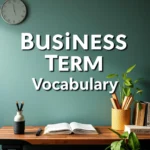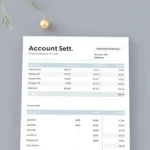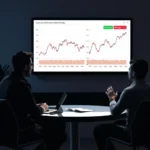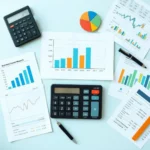Costs: Understanding fixed and variable Expenses
Defining Fixed and Variable Expenses
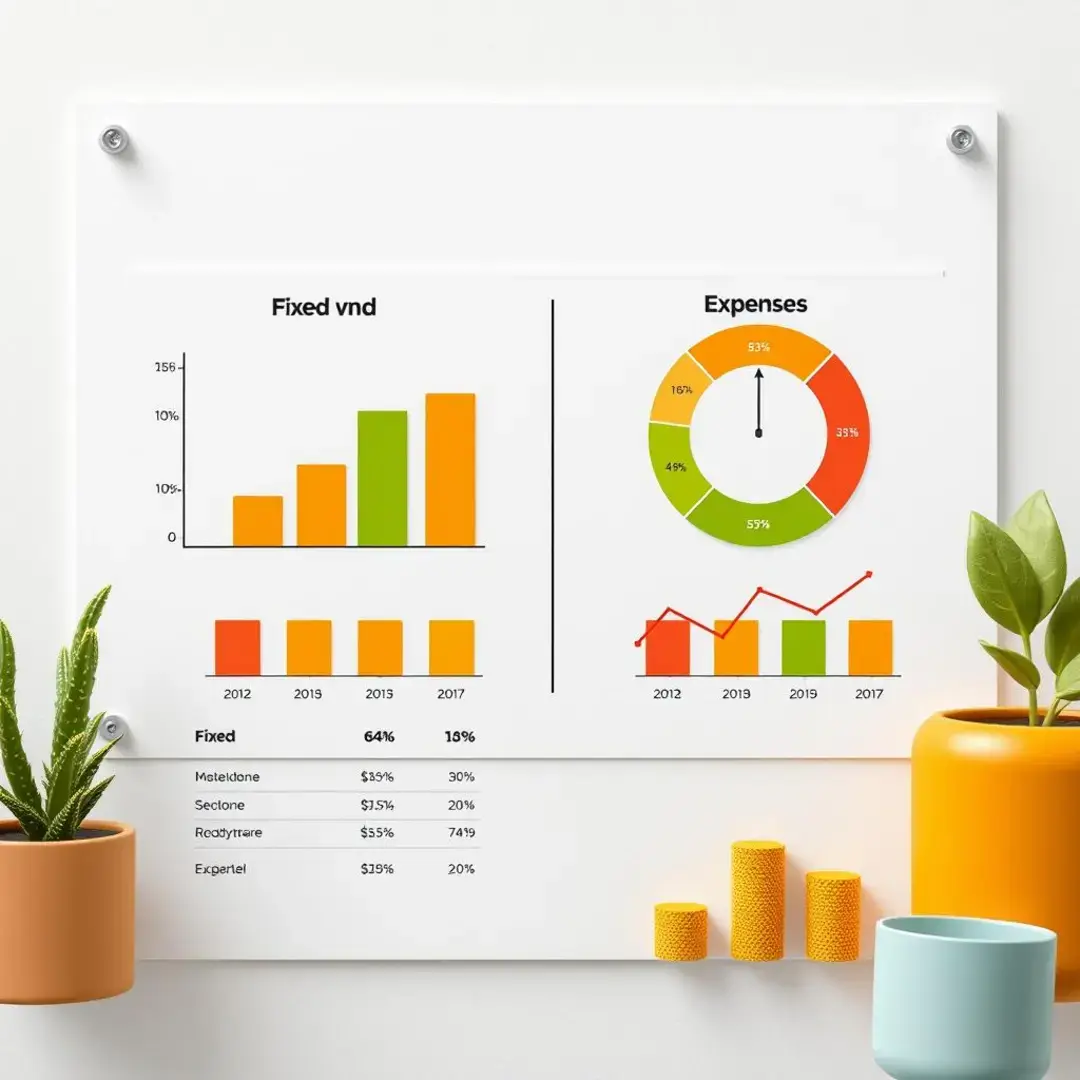
What are Fixed Expenses?
Fixed expenses refer to costs that do not change with the level of goods or services produced by the business. They are consistent, predictable, and must be paid regardless of business activity. For startups, understanding fixed expenses is crucial as they represent the baseline cost structure of a business.
- Rent or lease payments for an office or retail space
- Salaries for employees, including benefits
- Insurance premiums that are fixed over a period
- Depreciation on assets like equipment and vehicles
To calculate fixed expenses, start by identifying all fixed costs within your business. This includes compiling rent, salaries, and any other recurring costs. By summing these values, businesses can understand their minimum monthly financial obligations, allowing for better budgeting and financial planning.
What are Variable Expenses?
Variable expenses fluctuate based on the business’s production levels or sales volume. Unlike fixed expenses, these costs can change drastically, making them harder to predict. It’s essential for startups to manage these expenses efficiently, as they can directly impact cash flow and profitability.
- Cost of goods sold (COGS), which varies with sales volume
- Commissions paid to sales staff based on performance
- Marketing costs that increase with promotional campaigns
- Utility costs that fluctuate with usage
To calculate variable expenses, track costs that change with your business activity. Start by reviewing your sales data to correlate expenses with sales volume. By assessing patterns over time, businesses can forecast future variable costs, aiding in maintaining healthy cash flows.
The Relationship Between Fixed and Variable Expenses and Profitability
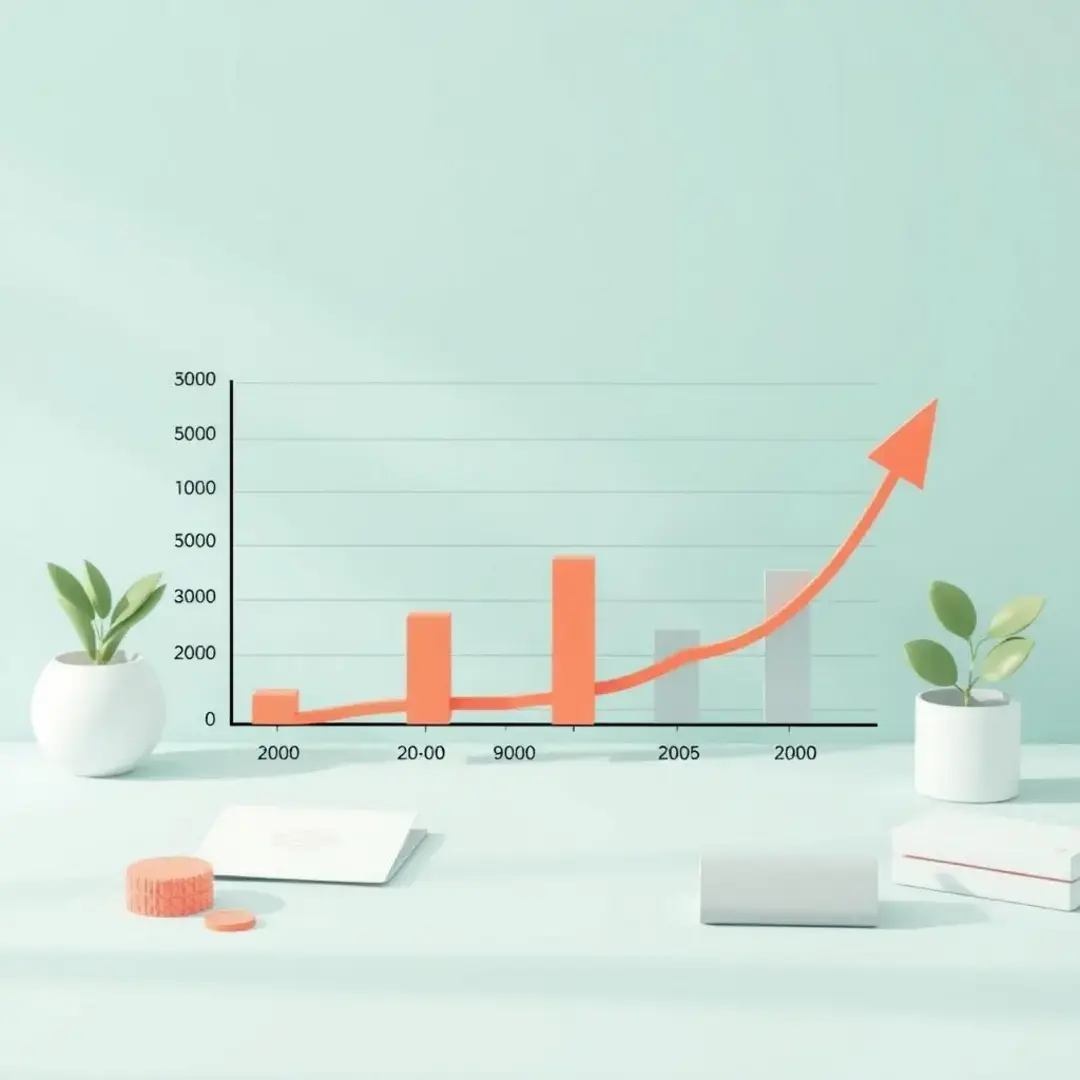
How Fixed and Variable Expenses Affect Profit Margins
Understanding how fixed and variable expenses affect profit margins is vital for any business. When fixed costs are high, a business must maintain a certain level of sales to cover these expenses. Conversely, variable costs can impact profits as sales fluctuate, reflecting the importance of effective expense management.
High fixed costs can squeeze profit margins, especially in times of low sales. With large overheads, a business may find it challenging to maintain profitability during economic downturns. Therefore, it’s critical to regularly assess fixed costs and explore ways to minimize them.
High variable costs can erode profit margins, particularly if linked directly to sales volume. If expenses rise faster than sales, it can lead to reduced profitability. A keen understanding of these costs will enable businesses to optimize pricing and manage their resources effectively.
Strategies for Managing Fixed and Variable Expenses
Effective expense management strategies can significantly improve a business’s financial health. By instituting processes for both fixed and variable expenses, companies can enhance efficiency and profitability.
One of the most effective strategies for managing variable expenses is to negotiate better terms with suppliers. Regular reviews and open communication can lead to cost savings that directly impact profitability. Establishing shared goals with suppliers may also lead to long-term partnerships that help stabilize costs.
Investing in the right technology can help automate processes, thus reducing fixed costs. This can involve implementing software solutions that streamline operations or cutting down on the need for excessive manpower. automation brings efficiency, allowing businesses to focus on growth strategies rather than routine operations.
Advanced Cost Analysis Techniques
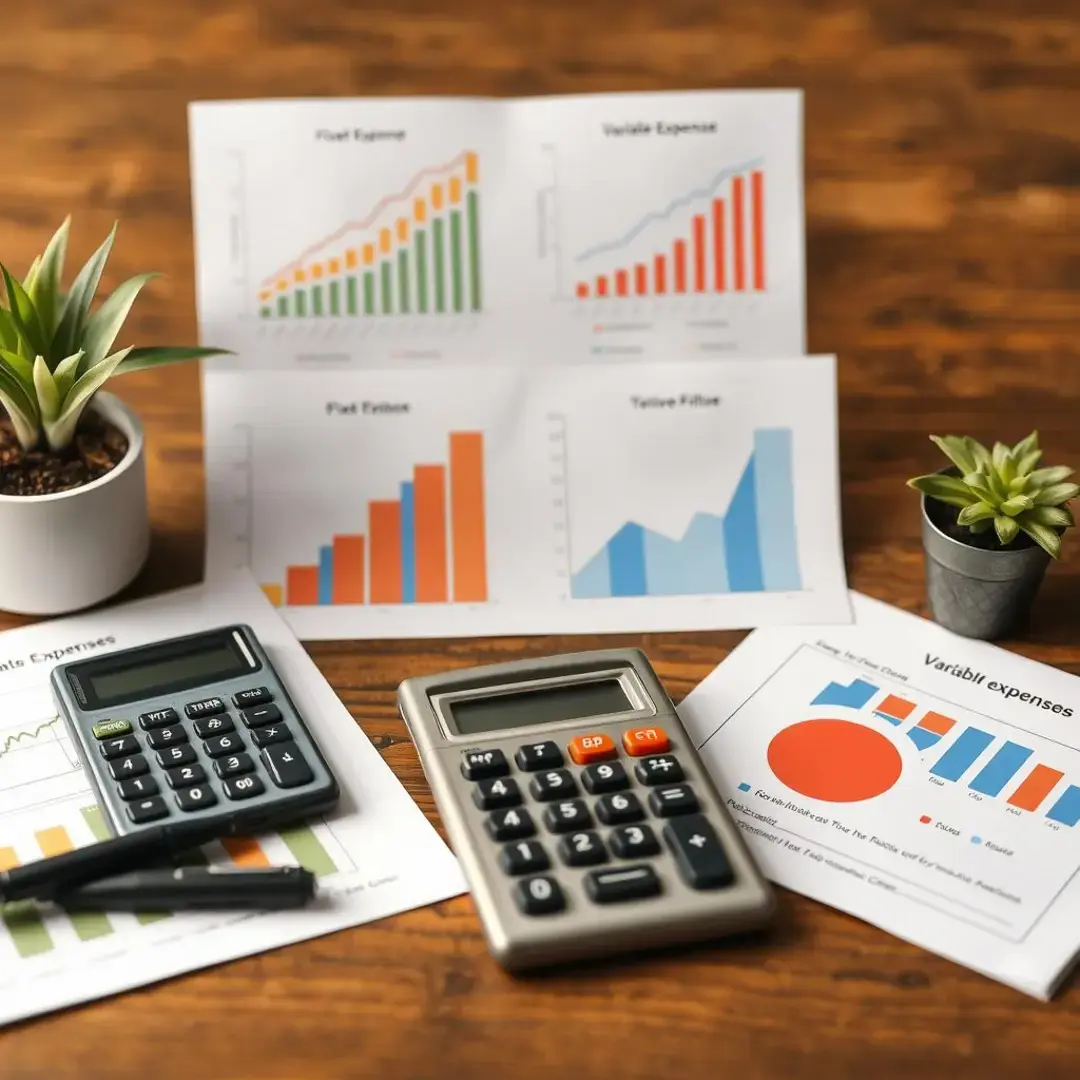
Break-even Analysis
Break-even analysis is an essential tool for understanding cost structures and profitability. By determining the break-even point, businesses can ascertain the minimum sales needed to cover total costs.
The break-even point can be calculated by dividing total fixed costs by the price per unit minus variable costs. This metric serves as a critical indicator for startups, guiding pricing strategies and sales forecasts.
Utilizing break-even analysis in decision-making helps evaluate the effects of changes in costs, volume, or pricing on profitability. It serves as a benchmark to assess the viability of business decisions, making it a vital component of strategic planning.
Cost-Volume-Profit (CVP) Analysis
Cost-Volume-Profit (CVP) analysis provides insights into how changes in costs and volume affect a company’s operating profit. It plays a crucial role in financial planning and can help guide business strategy.
The CVP equation is expressed as Profit = (Sales Price x Sales Volume) – (Variable Cost x Sales Volume) – Fixed Costs. This relationship helps businesses understand how many units need to be sold to reach profitability.
Businesses can apply CVP analysis to evaluate various scenarios, including changes in pricing strategies, marketing efforts, or exploring new product lines. By simulating different situations, startups gain valuable insights into cost management and pricing decisions.
Activity-Based Costing (ABC)
Activity-Based Costing (ABC) is a refined approach for allocating costs to specific activities related to production. This method provides deeper insights into what drives costs, leading to more informed business decisions.
Businesses looking to implement ABC should start by identifying key activities and assigning costs based on actual consumption. This detailed view allows firms to pinpoint inefficiencies and optimize resource allocation.
While ABC offers enhanced accuracy in cost allocation, it can also be resource-intensive. Businesses must weigh the advantages of detailed cost analysis against the potential complexity and costs of implementation.
Forecasting Fixed and Variable Expenses

Using Historical Data for Forecasting
Utilizing historical data is a vital method for forecasting future expenses. By analyzing past trends, businesses can make educated predictions about fixed and variable costs.
Businesses should regularly review expense reports to identify trends and patterns that indicate how costs evolve over time. This analysis helps create a more accurate budget, allowing for proactive management of expenses.
Forecasting should also consider anticipated changes in business activity, such as growth or seasonal fluctuations. Adjusting forecasts based on these expected changes can enhance accuracy, guiding better budgetary decisions.
Quantitative Forecasting Methods
Quantitative forecasting methods leverage statistical techniques to make predictions about expenses. This data-driven approach provides businesses with more reliable forecasts than qualitative methods alone.
Regression analysis can identify relationships between variables and help predict future expenses based on different factors. This methodology allows startups to understand what impacts costs, providing a framework for setting financial expectations.
Time series analysis focuses on historical data points collected over time to identify trends. By scrutinizing this data, businesses can make forecasts that consider seasonality and cyclic trends, allowing for better financial planning.
Optimizing Your Cost Structure for Maximum Profitability
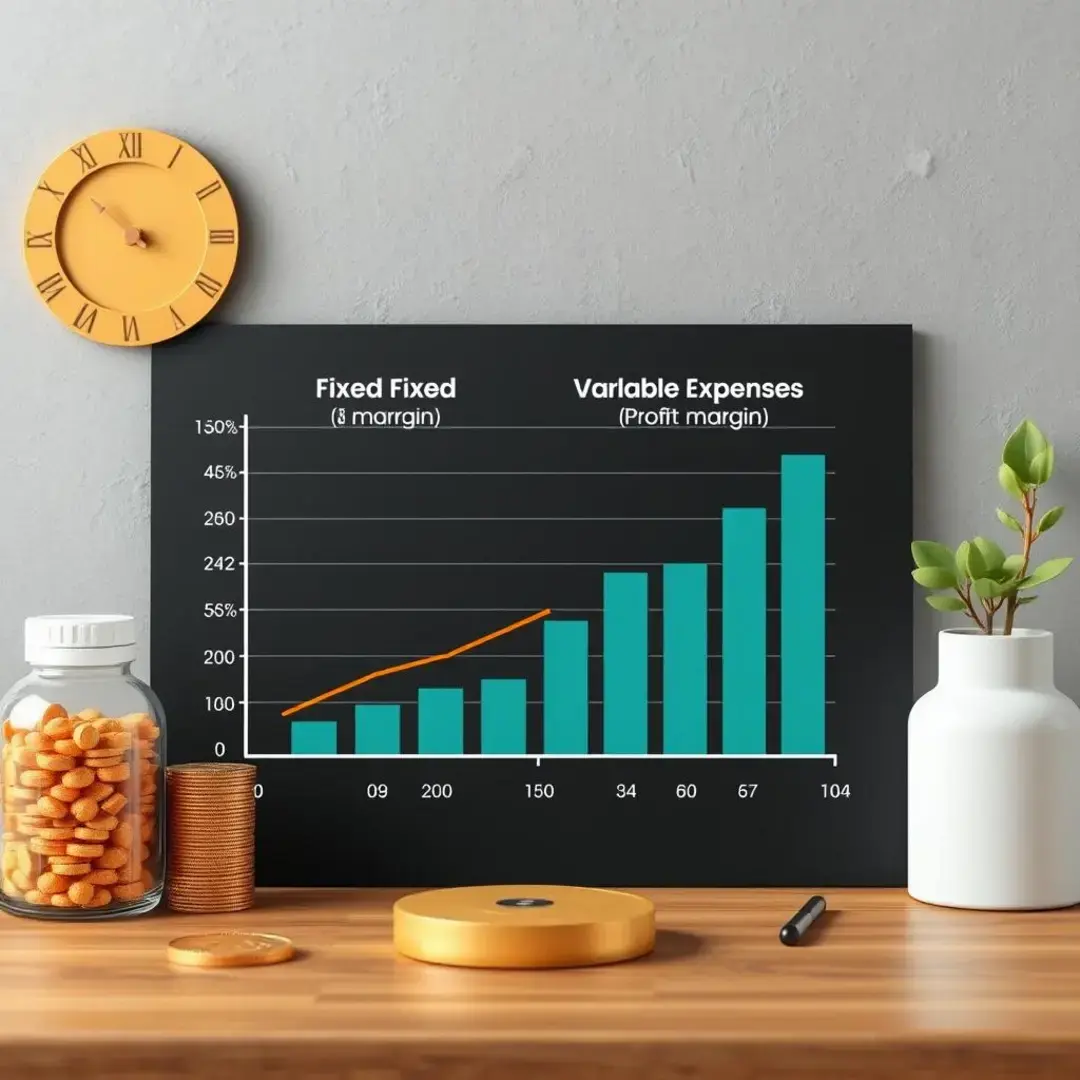
Strategies for Reducing Fixed Costs
Reducing fixed costs is an excellent way for companies to enhance profitability. With lower baseline expenses, businesses can withstand sales fluctuations more effectively while maintaining profitability.
Outsourcing non-core functions like IT support or Accounting can lead to significant savings on fixed costs. By turning to specialized firms, businesses can benefit from expertise while avoiding the overhead of in-house staff.
Another effective strategy is to renegotiate leases and contracts. Building relationships with landlords and vendors can yield better terms and pricing, ultimately leading to reduced fixed expenses.
Strategies for Reducing Variable Costs
Managing variable costs is crucial for maintaining profitability during fluctuating sales periods. A proactive approach can lead to sustainable cost management practices.
Enhancing supply chain efficiency is a critical strategy for reducing variable costs. Streamlining procurement processes and optimizing inventory management can minimize costs associated with production and logistics.
Lean manufacturing principles focus on minimizing waste while maximizing productivity. By embracing these principles, businesses can reduce variable costs and improve overall operational efficiency.
The Impact of Economic Conditions on Fixed and Variable Expenses

Inflation and Its Effect on Costs
Inflation can significantly impact both fixed and variable expenses, leading to increased costs for businesses. Understanding how inflation affects different areas of the business is crucial for effective financial management.
To mitigate inflation’s impact, businesses can consider locking in prices with suppliers or applying for fixed-rate contracts. Additionally, passing on some of the increased costs to consumers through price adjustments might be necessary.
Recessions and Their Impact on Costs
During economic downturns, businesses may face challenges with both fixed and variable costs. A recession often leads to decreased sales, which can put pressure on maintaining profitability.
Implementing a strategic cost-cutting approach is essential during recessions. This may include reducing staff, temporarily closing non-essential operations, or renegotiating contracts to ensure financial stability.
